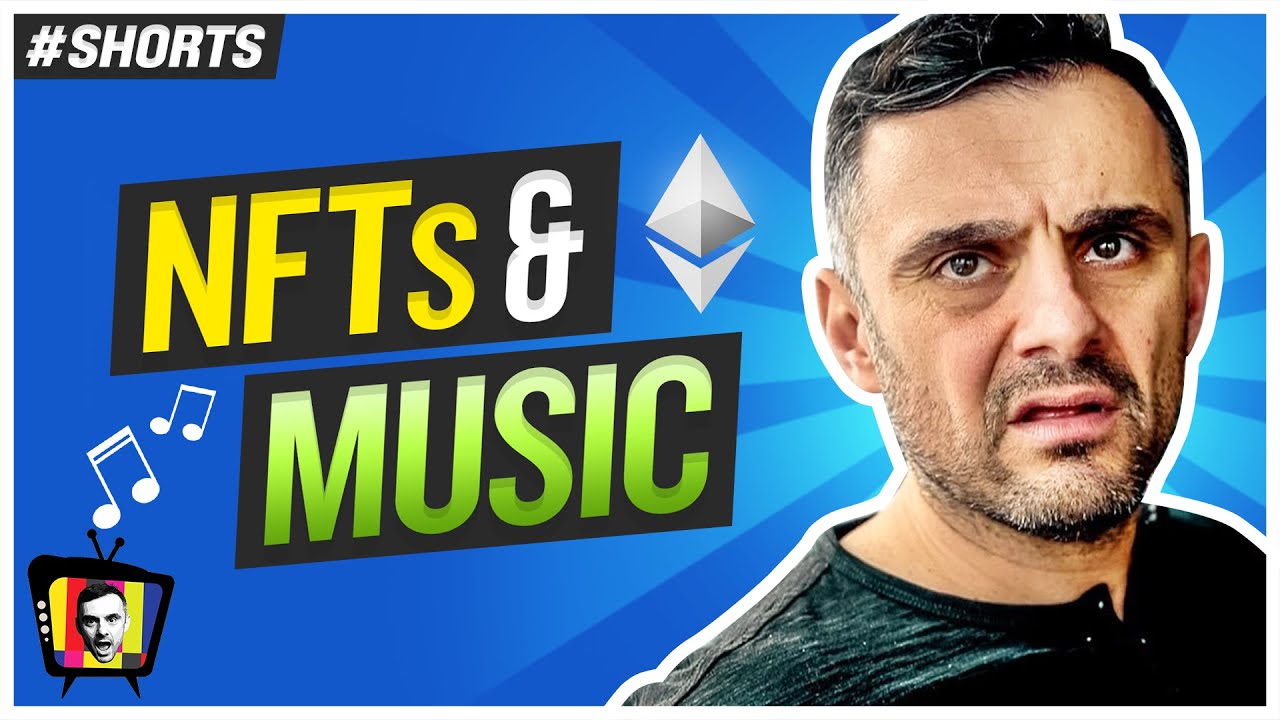What Are NFTs?
NFTs, or Non-Fungible Tokens, are unique digital assets that represent ownership
of a specific item, artwork, music, or any creative work on the blockchain. The term
“non-fungible” means that each item is unique and cannot be replaced by another item of
the same kind. For example, if you have a digital painting as an NFT, that specific
painting is one-of-a-kind, unlike a dollar bill, which is fungible as any dollar bill
can be replaced with another.
Key Terms
- Blockchain: A digital ledger that records transactions across multiple computers in such a way that the registered transactions cannot be altered retroactively.
- Digital Asset: Anything that exists in a digital form and conveys a value, such as art, music, videos, and more.
- Smart Contract: A self-executing contract with the terms of the agreement directly written into lines of code.
How Are They Changing the Art and Entertainment Industries?
NFTs have made a significant impact on both the art and entertainment sectors by providing new
ways for artists and creators to monetize their work. Traditionally, artists relied on galleries,
record labels, or other intermediaries to sell their work, often giving up a significant portion of
their earnings. With NFTs, artists can sell directly to consumers while retaining more control and
profit from each sale.
Benefits of NFTs for Creators
- Ownership and Provenance: NFTs verify ownership and authenticity, making it easier for buyers to know they are purchasing original works.
- Royalties: Smart contracts can be programmed to ensure creators receive royalties whenever their work is resold, generating ongoing income.
- Access to a Global Market: NFTs provide a platform for artists to reach a worldwide audience without geographical limitations.
Challenges Facing NFTs
Despite the advantages, there are also challenges associated with NFTs:
- Environmental Concerns: The minting of NFTs is energy-intensive and contributes to carbon emissions, raising ecological questions.
- Market Volatility: The value of NFTs can fluctuate wildly, making it a risky investment for buyers.
- Copyright Issues: There can be disputes over the copyright of the original work and the rights of the NFT holder.
Real-World Examples
Several prominent artists and musicians have embraced NFTs. One notable example is
digital artist Beeple, who sold an NFT artwork for over $69 million at a Christie’s auction.
As he stated,
“I think people are ready for something new, a new model of art.”
Similarly, musicians like Grimes have sold NFT collections that include unreleased music
and artwork, letting fans own a piece of their creative process. Grimes mentioned,
“I am excited about the change NFTs can bring to how we experience art.”
Future of NFTs in Art and Entertainment
The future of NFTs looks promising as more artists, musicians, and content creators adopt
this technology. As NFT marketplaces grow, they provide even more opportunities for creators
to showcase their work and for collectors to support their favorite artists.
With continued developments in this space, it’s essential for both artists and consumers to
stay informed about the potential and risks of NFTs. As societal views on ownership and
art evolve, NFTs may play a significant role in redefining how we understand and value digital
creations.




